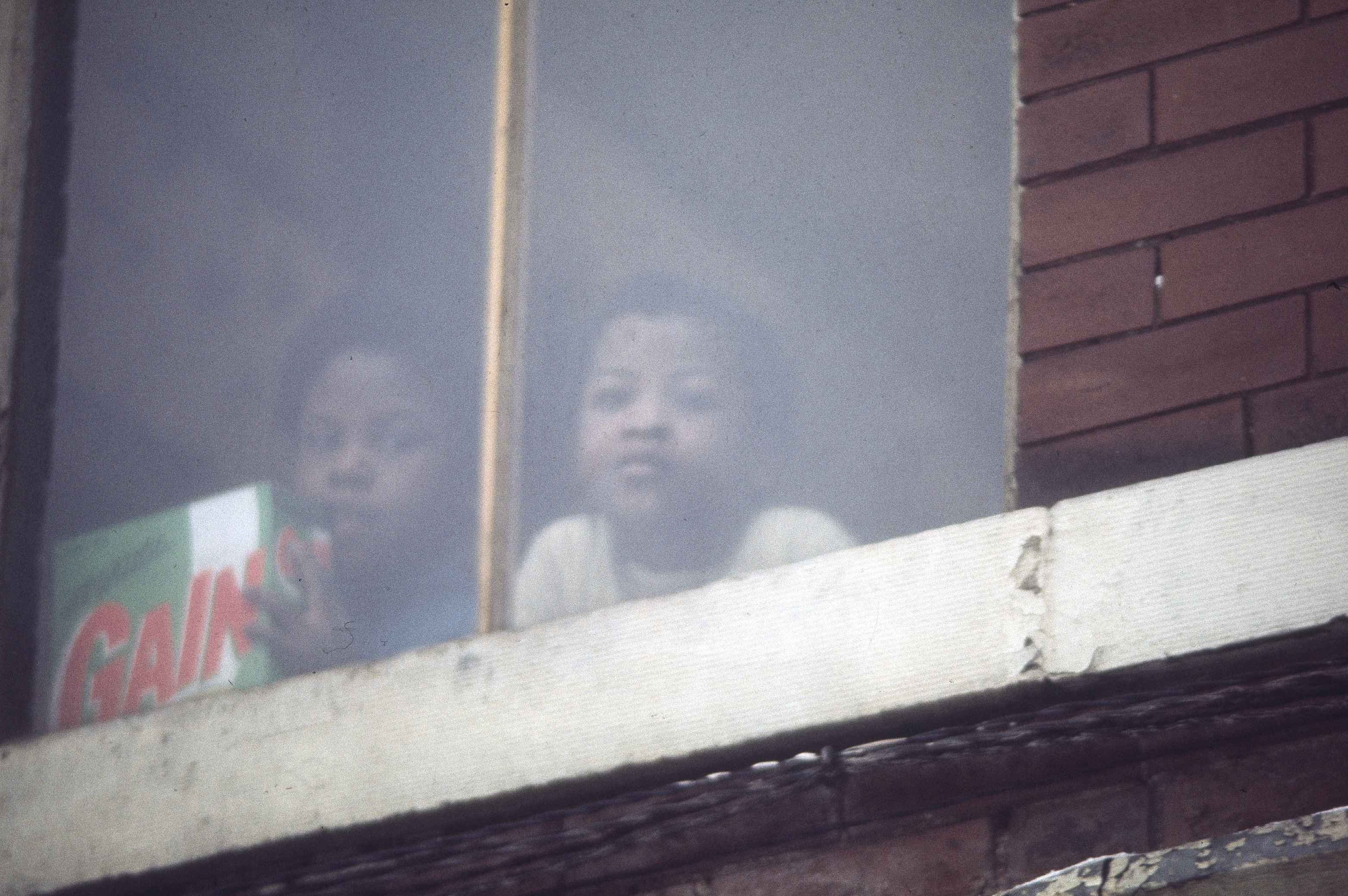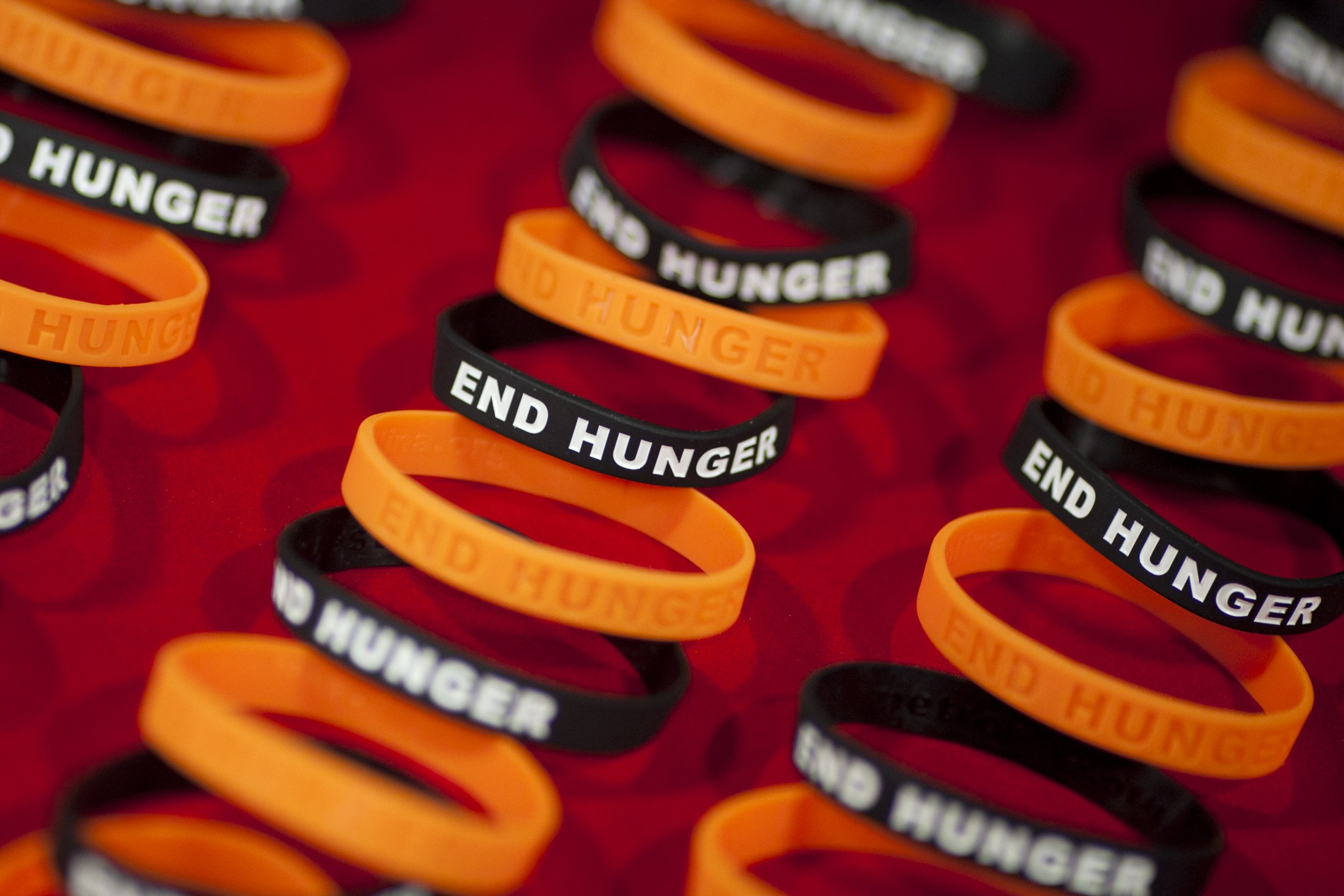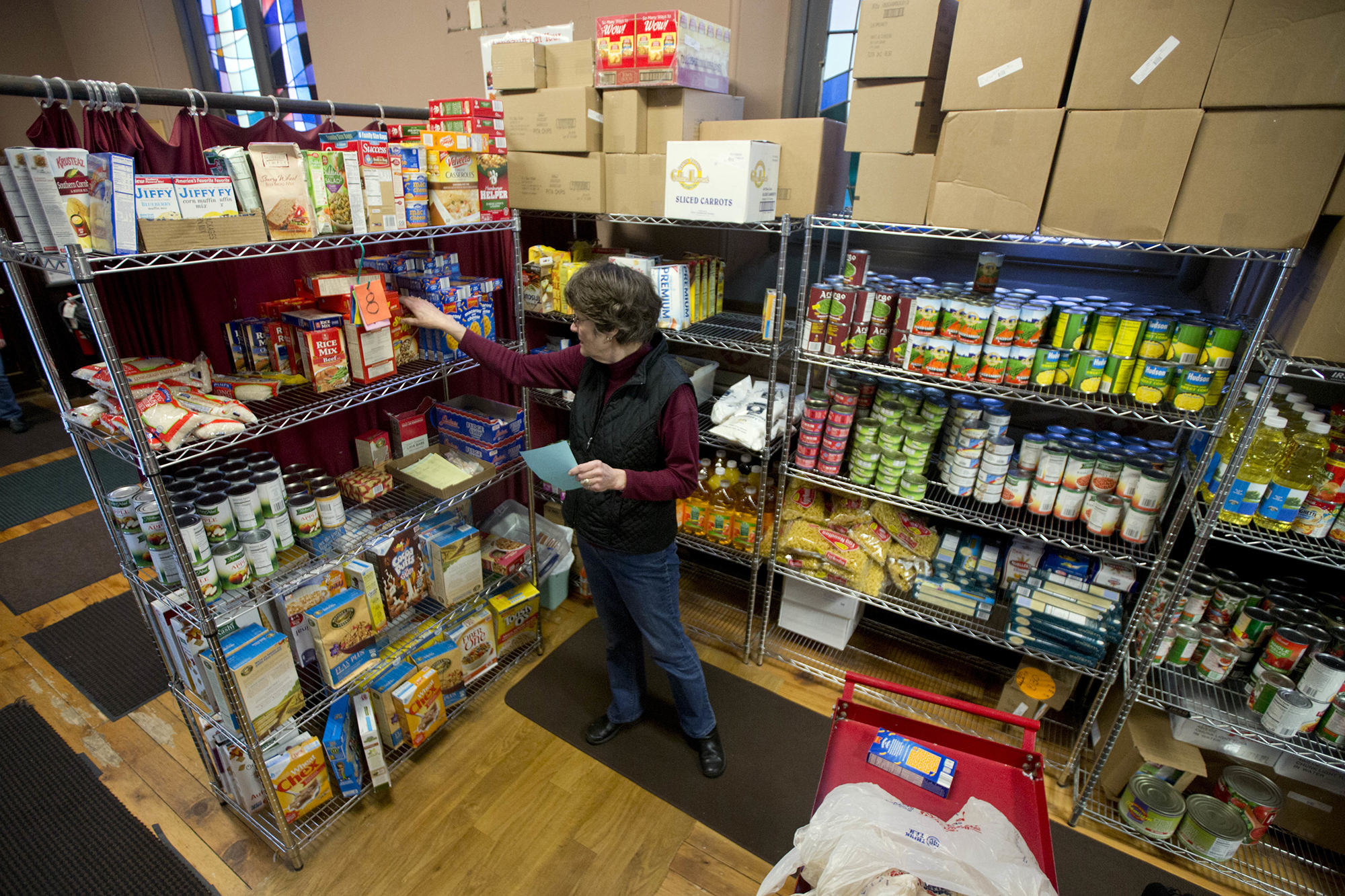The Nation is the oldest weekly political magazine in the United States. We were founded by abolitionists in 1865 and, spurred by that noble cause, we’ve committed ourselves to giving voice to underserved, and often ignored (and maligned and marginalized) members of society. We’re a reporter’s notebook and an activist’s bullhorn; naturally, poverty coverage is in our DNA.
In April 1929, six months before the Crash, Paul Blanshard reported from Greenville, S.C., letting millworker Gladys Caldwell (a pseudonym) explain to readers how she keeps her family alive in “How to Live on Forty-six Cents a Day.”
While running for Governor of California in September 1934, Upton Sinclair wrote “End Poverty in Civilization,” urging Nation readers to support his West Coast crusade.
And in “Poor, Proud, and Primitive,” from May 1959—several years before the region’s plight became a national issue—Harry W. Ernst and Charles H. Drake visited West Virginia’s coal country, discovering, “in this sweet land of liberty… the shaggy, shoeless children of the unwanted—the ‘hillbilly’ coal miners who have been displaced by machines and largely left to rot on surplus government food and the small doles of a half-hearted welfare state.”
We’re proud that, in keeping with this tradition, we worked with Greg Kaufmann in late 2011—when coverage in much of the media was sorely lacking—to develop This Week in Poverty, a weekly blog designed to keep the issue front and center for our readers. “We Can Reduce Poverty,” Kaufmann declared in his first entry, a hopeful note on which to begin his exploration of failed policy, public indifference, and political ineptitude. We were determined to examine poverty, and to make sure that the voices of low-income people themselves were represented.
It was also important for us to show readers how to get involved. “It’s time to stop bemoaning ‘the lack of political will’ to take on poverty and focus on what we are doing to create that political will,” Greg wrote last October. “[T]here will be no significant change without a truly broad-based movement….” In last year’s post on the Coalition of Immokalee Workers, Greg explained how the CIW had indeed created that political will: Its Campaign for Fair Food “forg[ed] an alliance between consumers and farmworkers” and drew non-activists (that is, anyone who shopped for food and vegetables) into the fight against illegal employment practices (including rampant sexual harassment) and criminally low wages (including involuntary servitude).
Turning on the bullhorn, Greg included at the end of his This Week in Poverty posts a digest that comprised ways to get involved (“Tell Wendy’s to join the Fair Food Program”); clips and other resources (“This map shows where the world’s 30 million slaves live. There are 60,000 in the U.S.”); and vital statistics (“Poverty-level wages, 2011: 28 percent of workers”). This Week in Poverty represented some of the best examples of The Nation’s mission of bringing reportorial attention to issues while also drawing attention to solutions; of highlighting individuals working to alleviate or end poverty; propagating new and creative initiatives; and celebrating those sweet victories when values and change align.
Greg’s effort to push poverty into the 2012 presidential campaign included a series called #TalkPoverty. “Thirteen Questions for the First Presidential Debate” was a real highlight. Not only did it garner a response from the Obama campaign, but #TalkPoverty also took off on Twitter, where it still thrives today. We were thrilled when the Half in Ten campaign and its activists used #TalkPoverty to push their own questions at debate moderators and built a social media campaign around it.
Although I have mixed feelings about Greg’s decision to be a full-time activist instead of a full-time reporter, I am excited for this new project. (I am also pleased he will continue to write a monthly column for TheNation.com, beginning in June.)
I believe TalkPoverty.org will succeed in bringing to the forefront important voices in the fight against poverty. I have always believed that many of the solutions to poverty are found by the people who have worked on this issue for years in virtual anonymity, and also in the experiences of people struggling in poverty themselves. While media coverage of poverty has improved since we launched This Week in Poverty, there still needs to be much, much more. I hope TalkPoverty.org will be a resource for reporters who are looking for stories, and I wish it success. The Nation and I look forward to supporting this important and exciting effort.









